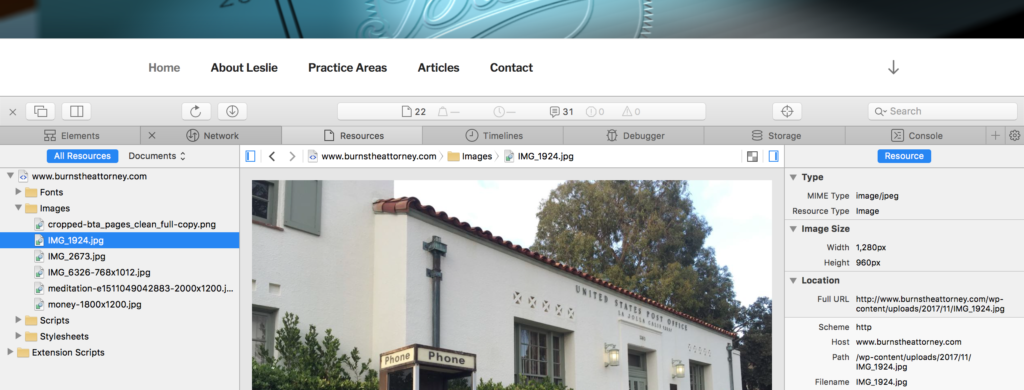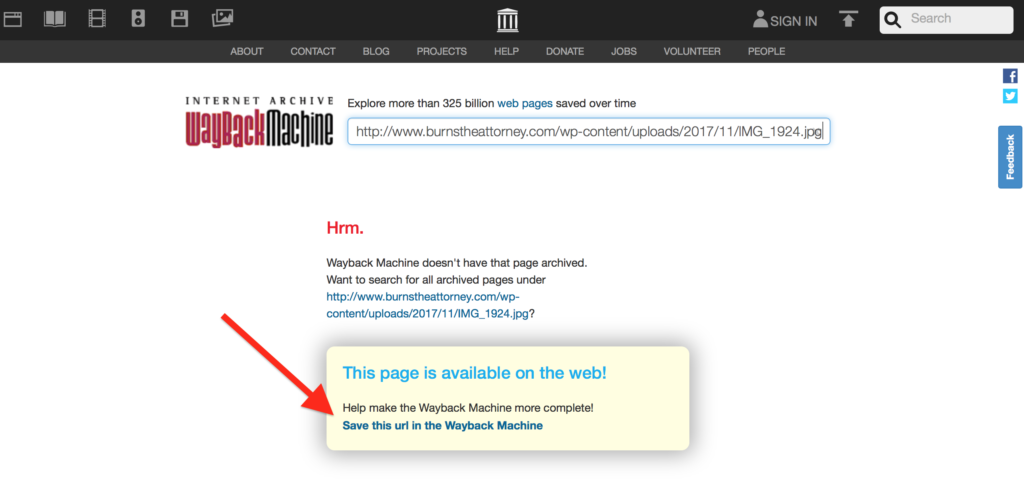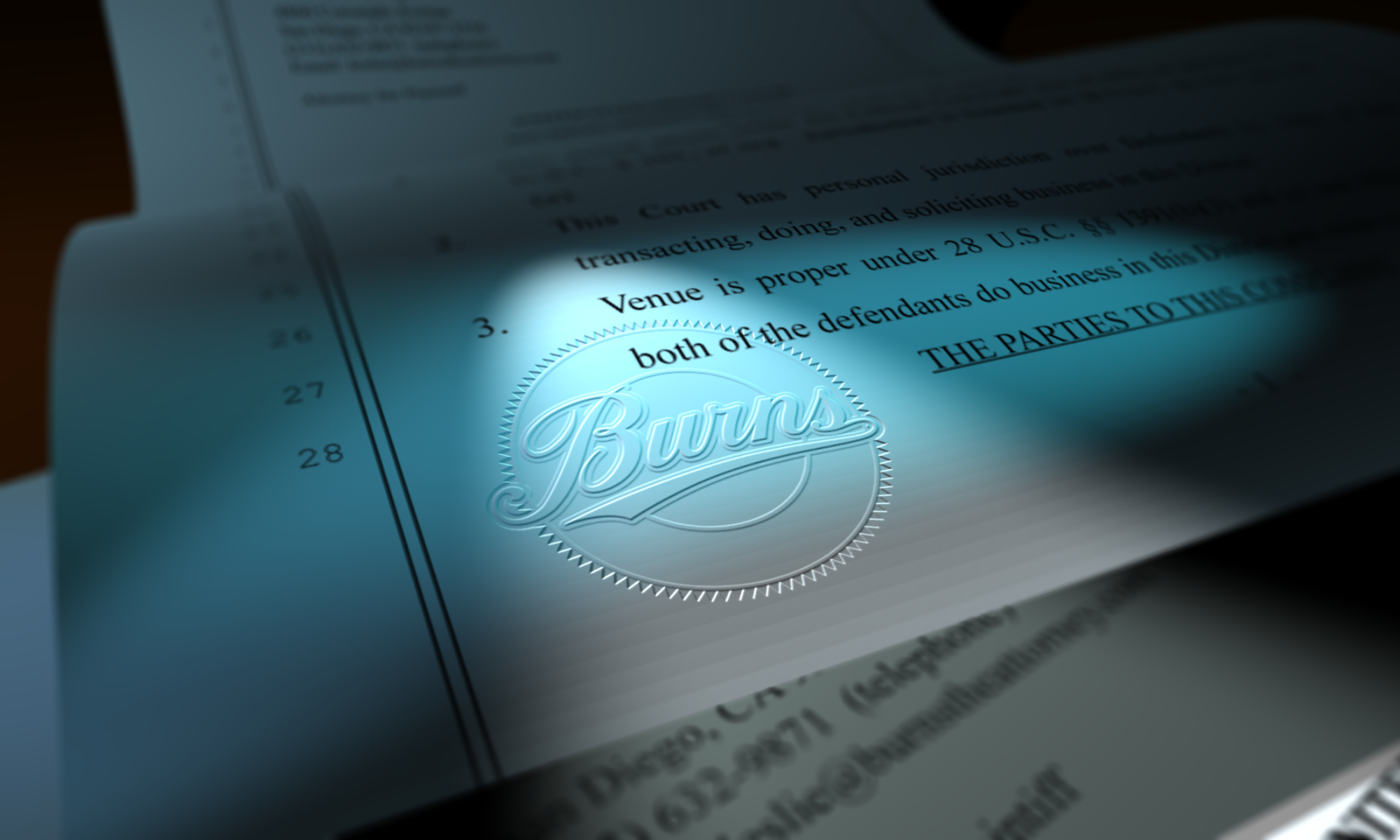Last night, I had the joy of going to a lecture by Dan Winters (thanks APA-SD). Even before I heard his impassioned words about his own work and about others’ art and the importance of what artists (particularly photographers) do, I had been thinking about writing a blog post like this one. It’s not going to be easy to say some of what I have to say and some feelings are going to get hurt but, honestly, everything I’m going to say is said out of love and respect.
Yes, I love creative professionals–it’s why I do what I do. Y’all amaze me with your visions and abilities and you contribute so much to our culture, but y’all need to stop. Just stop. No, not stop making great creative work, but rather y’all have got to stop not running your businesses like real damn businesses, stop looking for “easy” when it comes to doing the non-creative parts of your businesses, and generally you must stop selling yourselves short and stop getting played for it.
Artists[1] are notorious for throwing themselves into their creative work–the stereotype of the compulsive artist working without a break to make her/his art doesn’t exist without reason. Y’all have the drive to perfectionism in your art that makes your work ethic arguably greater than the average person’s; that is, for creating your art. But, when it comes to the non-creative part of your work, far too often it’s like the artist suddenly becomes dumb and lazy. You look for shortcuts and cheap/easy solutions, rather than doing the (hard, shitty, no-fun) work of being a business. It makes me more than a little crazy to witness–mostly because it is simply artists giving into fear and insecurity[2].
The reality is that what you do is amazing and valuable and you must recognize this to move forward. I mean your art is economically valuable (on top of culturally)–very valuable in fact: to the tune of $4.2% of the US economy. That is over $760B![3] Photography alone, added over $10B to the US economy and design, $19.5B[4]. Those are huge numbers and deserving of respect, including working the shitty work.
You contribute to those huge numbers.
Your contribution is worthy of respect.
Your business is worthy of (self-)respect, including the money.
So why then do we have this illusion that to be an artist means you have to hate business and be ashamed of making money? Because it is in other businesses’ best interests to hold you down. It is better for internet companies (and other clients) to call your work “content” like it is some unimportant filler for their products and tell you how they can’t pay you (much, if at all) for it but that your exposure will be worth more than money (which is, of course, bullshit)–because it increases their margins.
Okay, we all know this about clients. I’m not saying anything new–we all know that it’s in clients’ best interests to get your work for as little money as possible. But, and here is the tough stuff to hear, some of your vendors are also screwing you and, importantly, doing so with your blessing.
Maybe it’s easier for me to see this because I’m a woman and have lived my life getting mansplained and underpaid and told that I should be happy with it or happy that some guy deigned to take me out at all or lucky that someone offered me a job or that it was my fault that someone did whatever nasty shit was done. Women are used to it (I’m guessing people of color get this idea, too) and used to fighting against it. But most pro photographers (if not all kinds of pro artists) are men (mostly white, too, I’d bet) and I suspect y’all don’t like thinking that you may be being played, so you ignore even the possibility. Vendors are relying on you behaving like this because it is in their best interests.
So, out of love and a respect for each of you and what you do, I’m telling you a hard truth: some of you are choosing to work with vendors who are selling you the idea that they are offing you a great service and, because you hate doing the non-creative part of your business, you don’t look at whether it is really in your best interest. You assume that because, for example, the guy who started up company X was a photographer himself, he must have your best interests at heart and you willingly give up far too much of your money for the privilege of letting that company (ahem) “help” you.
Honey, you are being played.
You have got to take control of your own businesses and that includes doing the hard, no-fun, non-creative work. Don’t assume that some company is out to help you or that their “solution” that seems to make your business life easier is actually to your benefit in the long run. Often, they are not.
In my opinion, the worst offenders lately are the companies that offer copyright registration and protection services. These companies are ripping you off and you are thanking them for it, like Kevin Bacon in Animal House.
These companies usually charge a subscription fee for which you may get a certain number of copyright registrations and the company will then find infringements of the images you submit. However, the companies then generally require you to use their settlement services[5] for any of the infringements found and then usually take more than 50% of each of your settlements received (more, if the cases get filed)[6] [7].
Adding insult to injury, much like the stock agencies did in the late 1990s when they figured out they could get away with it, these companies often accept very low amounts in settlements–far less than each infringement is really worth, even in settlement–since the companies make it up in volume (something any individual artist cannot do). As an example, say, you get 45% of the $1000 they get in settlement for each your 10 infringements[8] (total, $4500 to you), and they get 55% of those 10 ($5500). However, they also have 999 other customers and get 55% of $1000 for each of the 10 infringements they settle for each of their other customers… and end up making $5,500,000!
Plus, don’t forget, you don’t clear that $4500–you have to pay your subscription fees, too, plus the registration fees to the USCO and, in the end, you might make $3000. Maybe. The company, meanwhile, gets at least another $300 x 1000 in subscription fees ($300,000) plus likely more fees for more registrations than the subscription includes and, well, you can see who is making the real money here.
Hint: it ain’t you.
Finally, you are relying on non-lawyers (usually) to register your copyrights with the USCO and, if they get something wrong, you are screwed by the faulty registration. A faulty registration, if relied on in court, could result in your case being dismissed and you having to pay the other side’s attorneys’ fees and costs, under 17 USC §505.
Oh, and by the way, these companies are not legally required to have your best interests first and foremost like a lawyer must (by law!)–in fact, the companies have a legal requirement to make money[9].
As if all that wasn’t bad enough, now you have these companies claiming that blockchain will make it all easier and better. It’s bullshit, as I have explained before.
The reality is that the non-creative part of your business is a large part in creating and keeping your money–your wealth. The non-creative part of your business includes registering your copyrights, looking for infringements, and pursing infringers. It is also keeping your books, paying your employees and other crew correctly and on time (including proper withholding and workers comp), and having good insurance. It is also using good paperwork for everything, having written and well-drafted licenses, and having contracts offered to you reviewed when you don’t understand them, not to mention stuff like keeping records and files. It’s not the fun stuff, and it is not easy, but it is as important as the actual art you make. Stop looking for shortcuts.
Look at the successful artists you know and you will find that not only are they often highly creative[10], they are also equally devoted to the business side of their business. They learn about and run their business like a business and they hire people to help them, like (in-house) a studio manager and out-of-house a CPA and an attorney. They respect their creative work enough to treat the non-creative part of their businesses as equally important. They hire licensed professionals who have their best interests as first priority to do the things those pros do best. They work their asses off to make sure they are taking care of the non-creative part of their businesses and act like professional business people, without apology. No excuses, no whining; they get it done.
What is your excuse?
I was talking about all this to my boyfriend, a former CFO and financial analyst, last night. He said (paraphrasing), “The artists are totally getting screwed–they’re not recognizing that they are over-paying for a service they don’t actually need! Why don’t individual artists hire people to help find infringements or do their paperwork?”
“Money,” I said, “they don’t feel like they can afford to hire help.”
He thought for a second and said, “Why don’t they get together with others and jointly hire someone in-house to find the infringements (to hand off to their attorney) and to take care of running the other business stuff (like bookkeeping to hand off to a CPA)? Get a couple of artists together and they could totally afford to hire someone who could do this for them and it would be much more cost-effective.”
I looked at him and said, “That’s brilliant!”
Whatever you choose to do, you simply cannot keep letting others sucker you out of your money, be they clients or vendors. Stop pretending you don’t want to make and keep as much money as you can, making the work you love. Your work is too important. Your skills are too great. You owe it to yourself, to your art, and to your industry to do better. I know you can.
_____________________
[1] I’m going to call you all collectively “artists” but this all holds true for photographers, illustrators, writers, designers, etc.
[2] “Imposter syndrome” is a real thing (https://www.nytimes.com/2015/10/26/your-money/learning-to-deal-with-the-impostor-syndrome.html) and very prevalent among creative professionals. Actually, many pros in many fields (including the law) have that fear that they are not worthy or will be found out as being a big faker.
[3] https://www.arts.gov/news/2018/arts-contribute-more-760-billion-us-economy
[4] https://www.arts.gov/artistic-fields/research-analysis/arts-data-profiles/arts-data-profile-16
[5] By the way, the “agents” for these settlement services are usually not lawyers and may in fact be practicing law without a license and/or illegally sharing fees between lawyers/non-lawyers. I also have questions about whether the companies offering advice about registering copyrights are also practicing without a license. I expect that many of these companies will face Unlicensed Practice of Law suits in the near future.
[6] Most attorneys I know, including myself, have much lower contingency fees–more like 33-40% to the attorney (before filing suit); and we’re required by law to work in your best interests, not our own.
[7] Notice how these companies often word it like “You get to keep 45% of the recovery!” like it’s a present to you. Blerg. It’s your damn money–you are paying them, not the other way around.
[8] Each infringement is likely worth significantly more than that $1000, too (if the copyright is registered, likely many times more)–so you’re already starting in a hole.
[9] Each state has its own laws for corporations, but most say something to the effect that “the purpose of the corporation is to make money for its shareholders.”
[10] Yes, there are exceptions–we all know artists whose work isn’t all that but who seem to make money hand-over-fist with it.


